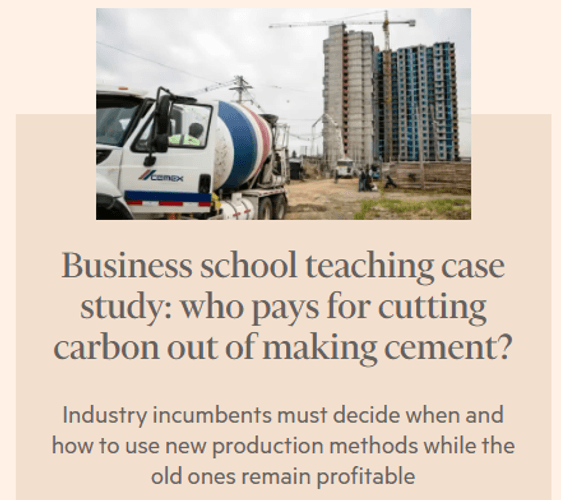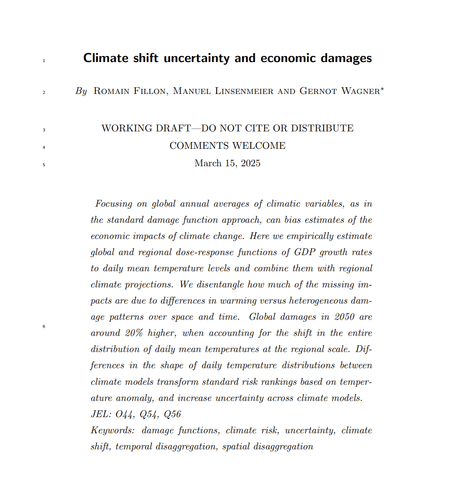Recalibrating Conservation Science Incentives
by Joshua Tewksbury and Gernot Wagner
Intro:
The gap between research and practice is well known in environmental sciences and policy, particularly by practitioners. It is one thing to define important research questions and set priorities (Sutherland et al. 2009; Fleishman et al. 2011; Braunisch et al. 2012); it is quite another to create the right incentives to pursue them.
Pressure to publish in top-tier, disciplinary journals is intense (Card & DellaVigna 2013). And because top-tier journals reflect the insular nature of the scientific process, where excellence is defined by novelty, elegance, and conceptual advance, rather than specific, applicable solutions to difficult problems, decks are often stacked against scientists exploring areas with immediate policy relevance. There is clear recognition—both within some academic institutions and within civil society organizations—that this condition reduces the impact and relevance of science on conservation policy and practice (Uriarte et al. 2007).
Civil society organizations depend on knowledge creation from academic disciplines. If or because these organizations want a larger portion of academics to work on solutions to difficult problems with immediate relevance, they need to reduce the direct and indirect costs of that relevance. Civil society must provide stronger and more creative incentives to bring disciplinary experts together around the complex issues that will have the greatest impact on conservation success, and they need to work harder to define and communicate what these complex issues are.
This issue extends beyond conservation, and in other domains, substantial investment has been put into building appropriate incentives. Examples include solution-centered competitions in global health and development (Novy-Hildesley 2010), prizes for grand innovation challenges (Brunt et al. 2012; Murray et al. 2012), and young innovator awards.
Conservation communities can learn from these models, though clearly not without adapting them. Conservation issues are diverse, and many of the most important require coordination across many disciplines.
Full text: "The Role of Civil Society in Recalibrating Conservation Science Incentives."


